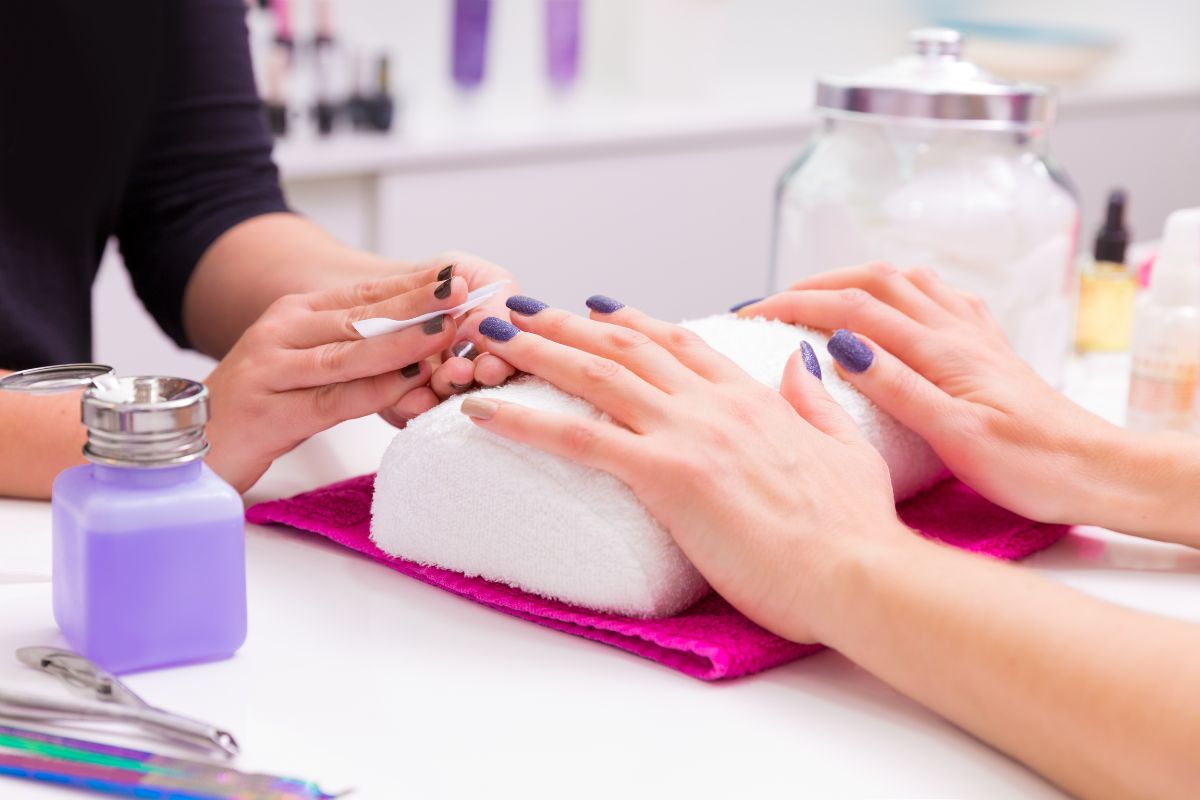
As gel manicures continue to be a popular choice for many individuals looking to have long-lasting and chip-free nails, it's important to understand the science behind these treatments. While gel manicures can be a great option for those wanting a durable and glossy finish, there are some considerations to keep in mind before your next salon visit.
When it comes to finding the best nail salon in Scottsdale, look no further than XYZ Nail Spa. Known for their exceptional customer service, talented nail technicians, and upscale atmosphere, XYZ Nail Spa offers a wide range of services to cater to all your nail care needs. From luxurious manicures and pedicures to intricate nail art and gel extensions, the staff at XYZ Nail Spa are trained professionals who prioritize the health and beauty of your nails.
Understanding Gel Manicures
Gel manicures involve applying layers of gel polish to the nails, which are then cured under a UV or LED light. This process creates a hard and durable finish that can last for up to two weeks without chipping. Here are some key points to keep in mind:
How Gel Polish Works
- Gel polish is made up of a special formula that combines acrylic monomers and oligomers, which polymerize when exposed to UV or LED light.
- This polymerization process creates a strong and flexible bond on the nail, providing long-lasting color and shine.
Differences Between UV and LED Lights
- UV lights emit broader wavelengths and may require longer curing times, while LED lights produce narrower wavelengths and cure gel polish faster.
- LED lights are often preferred in salons for gel manicures due to their quick curing time and energy efficiency.
Potential Risks and Considerations
While gel manicures offer many benefits, there are some potential risks and considerations to keep in mind before your next salon visit:
Nail Damage
- Excessive or improper removal of gel polish can weaken the nails and lead to peeling, splitting, or breakage.
- It's important to follow proper removal techniques and give your nails time to recover between gel manicures.
UV Exposure
- Regular exposure to UV light during gel manicures may increase the risk of skin damage and premature aging.
- Applying sunscreen to your hands before a gel manicure or using UV protective gloves can help reduce UV exposure.
Allergic Reactions
- Some individuals may experience allergic reactions to the chemicals found in gel polish, such as acrylates or methacrylates.
- If you have sensitive skin or a history of allergic reactions, it's important to perform a patch test before getting a gel manicure.
Tips for a Safe and Long-Lasting Gel Manicure
To ensure a safe and long-lasting gel manicure, consider the following tips before your next salon visit:
Choose a Reputable Salon
- Look for a salon that follows proper sanitation practices and uses high-quality gel products.
- Ask about the curing equipment and techniques used to ensure safe and effective results.
Take Breaks Between Gel Manicures
- Give your nails a break between gel manicures to prevent damage and allow them to breathe and recover.
- Consider using nourishing cuticle oils and treatments to keep your nails healthy and strong.
Practice Safe Removal Techniques
- Avoid peeling or picking off gel polish, as this can damage the nails and lead to brittleness.
- Visit a professional nail technician for safe and proper gel polish removal to minimize the risk of nail damage.
Conclusion
While gel manicures can provide a durable and glossy finish, it's important to be aware of the science behind these treatments and the potential risks involved. By understanding how gel polish works, considering the potential risks, and following safe practices, you can enjoy a safe and long-lasting gel manicure. Remember to choose a reputable salon, take breaks between treatments, and practice safe removal techniques to keep your nails healthy and beautiful.
